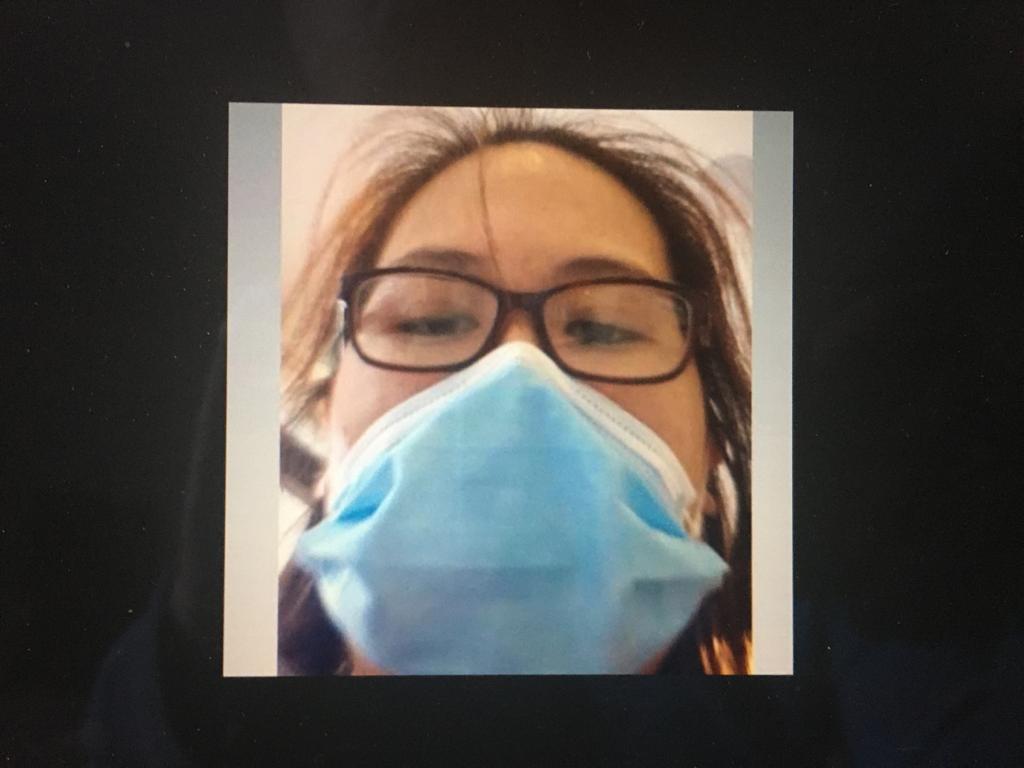Belgrade Youth explore camera angles and creating characters in their Zoom-based lockdown project
Last week, Senior Youth Theatre member Cameron wrote about us how his group had been exploring the theme of loneliness in their Zoom-based Telling Stories on (the Small) Screen project. This week, he returns to tell us more about the different techniques they’ve been using to develop their own characters.
Throughout the project so far, I have noticed the words ‘loneliness’ and ‘solitude’ have come up often, and I wouldn’t be surprised if our final piece ends up addressing those themes.
In our last session, we focused a lot more on developing our individual characters, thinking about what they might wear and what props they might use as well as giving them names. This really helped us to “merge” into our characters and take on our roles more fully. Face masks have been one of the most commonly used props so far, showing how people are thinking a lot about hygiene and self-protection at the moment.

A young participant gets into character with a facemask,
We have also been doing a lot of work on camera angles, which I’ve found really exciting because they have so much potential to change the mood and atmosphere. Where the character is positioned in relation to the camera can also show a lot about their personality. For example, if a character is close to the camera, looming large above it, it might give the impression that they are powerful and confident. In contract, you could have a character shaking in the corner of the shot, giving the impression of somebody weak and scared. Camera angles are a key aspect of developing our characters and I’ve really enjoyed thinking about how we can use them to portray what words cannot.
Last time, I wrote about how we were moving on from simply working within our own individual Zoom boxes, to finding ways of syncing our work together. In our most recent session, we tried this out, with everyone acting together at the same time as well as doing their own things in their own time.
Using both of these two approaches gave us a really interesting perspective on the advantages and disadvantages of each one. It was great to see everyone working as a united group, but we also noticed that when people are doing their own individual thing, the effect is much more realistic, as if you are looking in on someone’s daily life. Personally I think a mixture of both would create an interesting and varied experience.
At the Belgrade Theatre, our team have been working hard to continue engaging with youth and community groups during lockdown, even as we face the greatest crisis our industry has seen in a lifetime. With over 70% of our income having vanished overnight, we are relying on diminishing reserves and the generosity of donors and supporters to continue with this vital work. To help secure a future for our theatre and for groups like Cameron’s, please consider making a donation to us online.